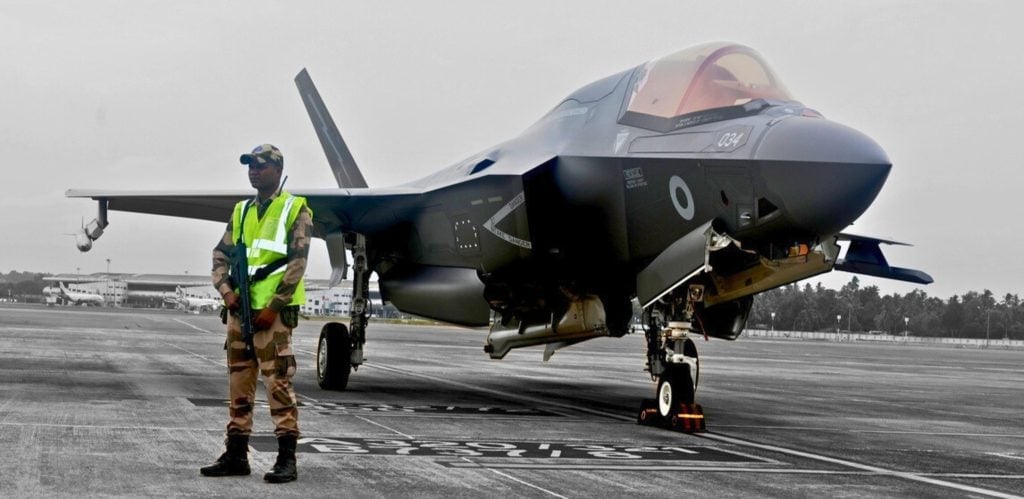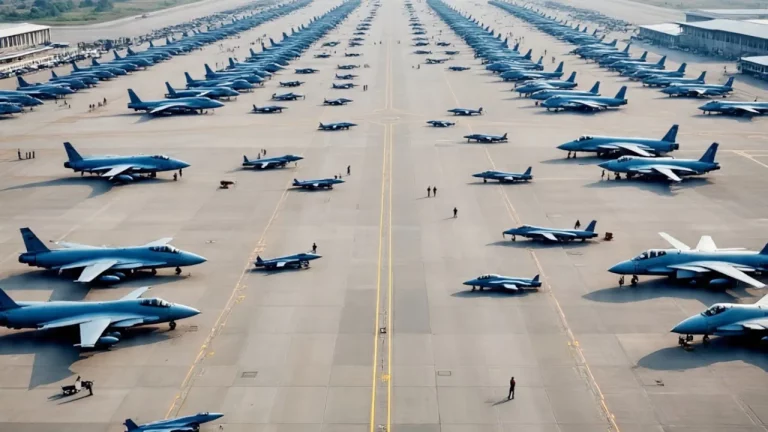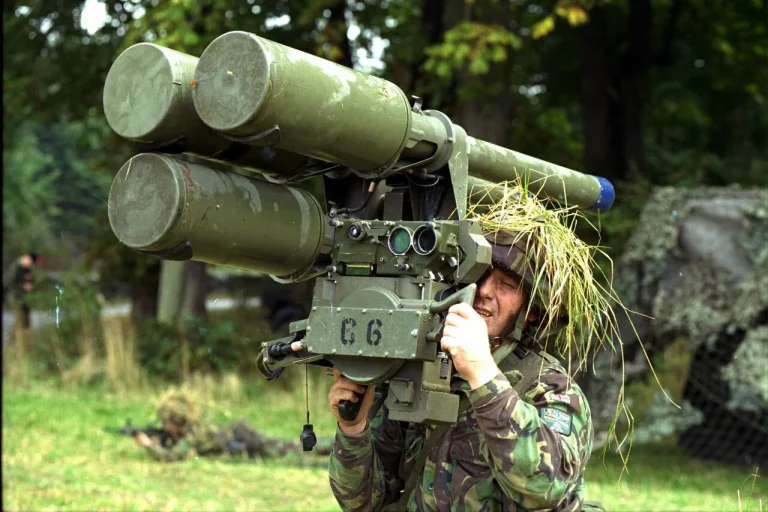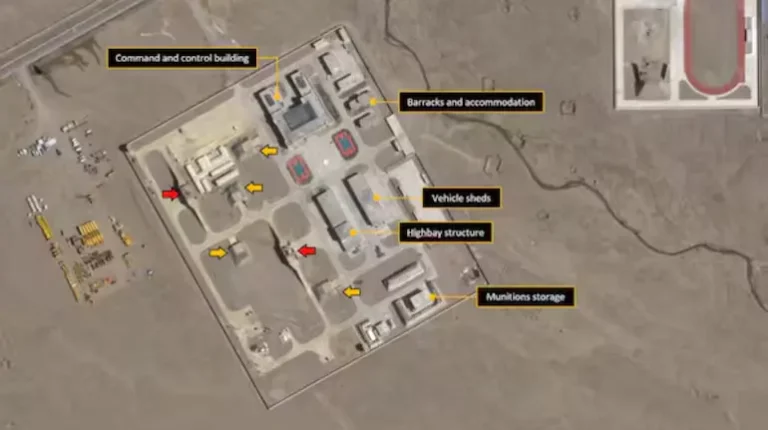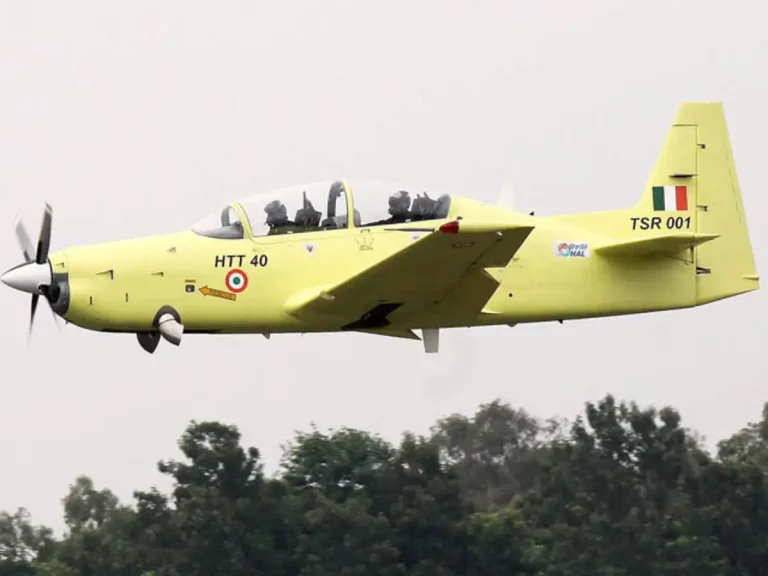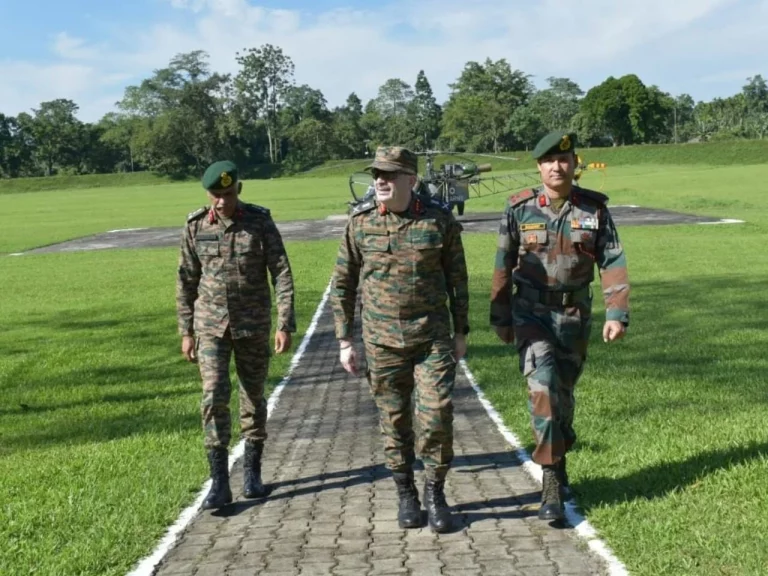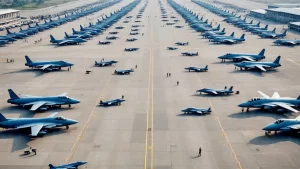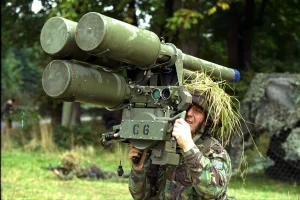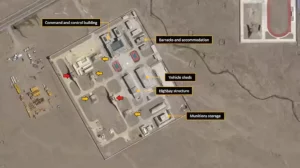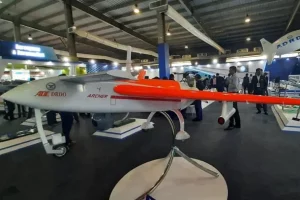A significant military incident unfolded over the weekend when a British F-35B Lightning II stealth fighter jet made an emergency landing at Thiruvananthapuram International Airport during the night of June 14-15. The advanced fifth-generation aircraft, part of the UK Royal Navy’s Carrier Strike Group, was compelled to land due to a critical fuel shortage coupled with technical difficulties encountered during a routine sortie over the Indian Ocean.
Following the aircraft’s distress signal, identified by the transponder code SQUAWK 7700, the Central Industrial Security Force (CISF) swiftly took command of the unfolding situation. As the primary agency responsible for securing sensitive infrastructure in India, the CISF acted quickly to cordon off the area around the aircraft, ensuring the safety and security of the multi-million-dollar fighter jet by preventing unauthorized access. This efficient response has been viewed as a crucial indicator of India’s readiness in aviation security measures.
The F-35B is a remarkable aircraft with short take-off and vertical landing (STOVL) capabilities, powered by a Rolls-Royce lift fan. It was operating under Operation Highmast, a significant UK naval initiative aimed at enhancing presence and cooperation in the Indo-Pacific region. The fighter jet had taken off from HMS Prince of Wales, the UK’s 65,000-tonne aircraft carrier engaged in its inaugural operational deployment, during which it has been conducting joint drills with the Indian Navy.
The emergency landing has sparked substantial public and media interest, largely due to the advanced technology embodied in the F-35B and its unexpected appearance on Indian soil. This stealth fighter is considered the epitome of Western military aviation design, featuring low observable characteristics, sensor fusion, and cutting-edge avionics. Analysts have pointed out that, despite India’s advancing defense capabilities, it remains several years behind in achieving the technological sophistication represented by the F-35 program.
As of now, the UK Ministry of Defence and Lockheed Martin, the manufacturer of the aircraft, have yet to provide official statements regarding the circumstances that led to the emergency landing or the plans for the aircraft’s recovery. British diplomatic and defense teams in India are actively coordinating with Indian authorities to facilitate necessary technical and logistical support.
The incident underscores the deepening defense cooperation between India and the United Kingdom, particularly within the strategic context of the Indo-Pacific region. The presence of British fighter aircraft in Indian airspace, even in emergency situations, serves as a testament to the operational synergy that is forming between the two nations.
Further developments are anticipated as efforts continue to evaluate the aircraft’s condition and to establish protocols for its return to the Royal Navy.
